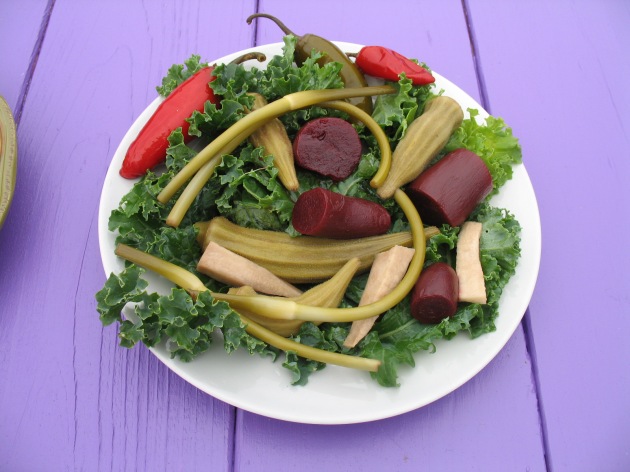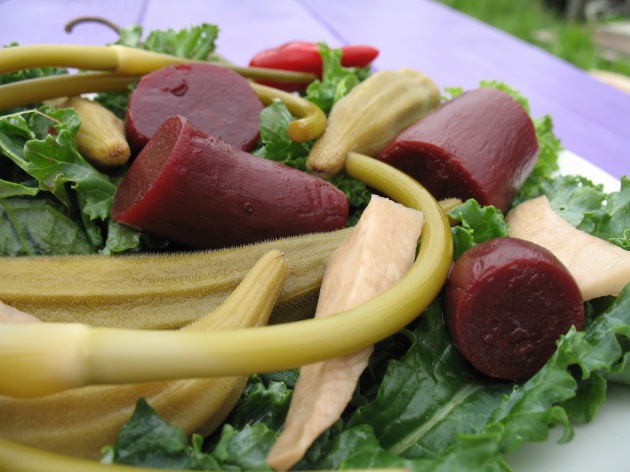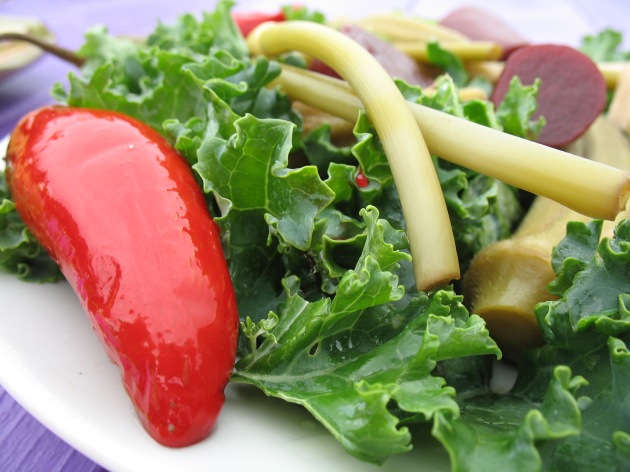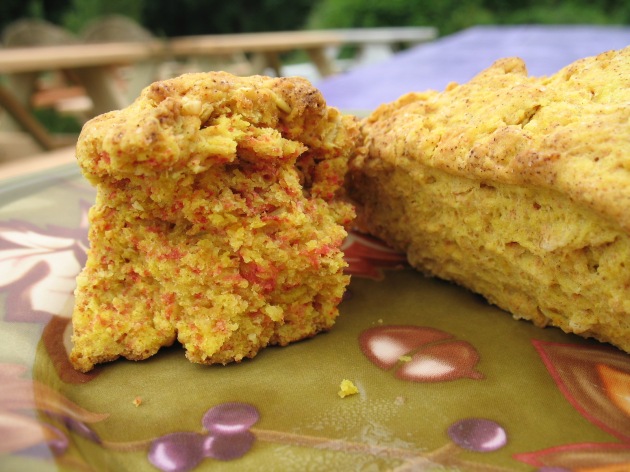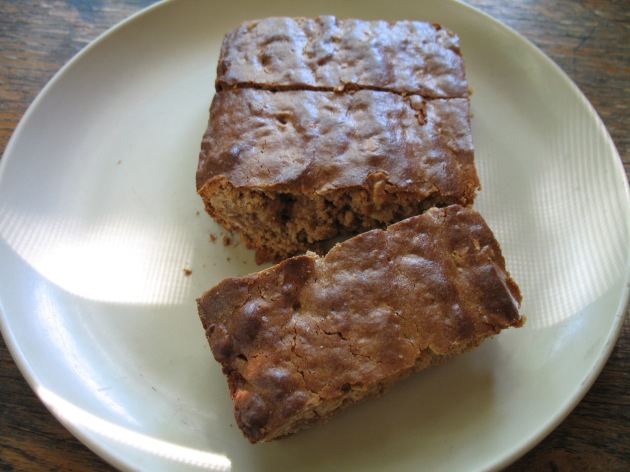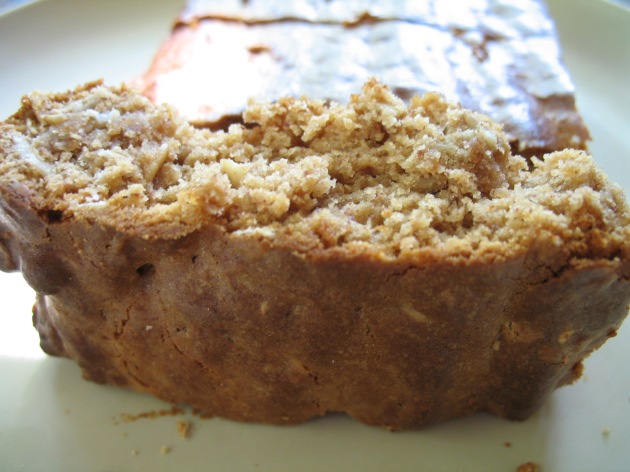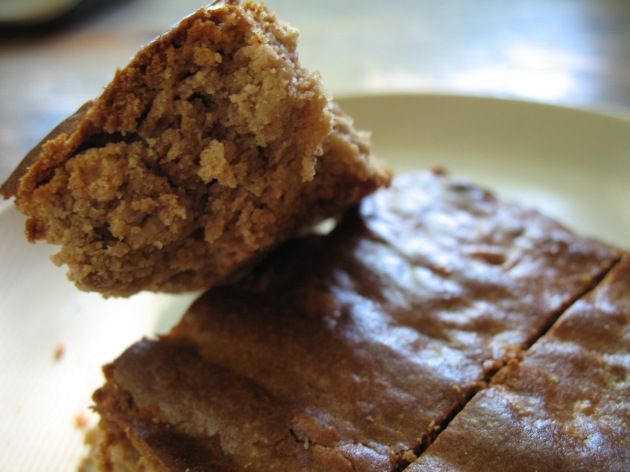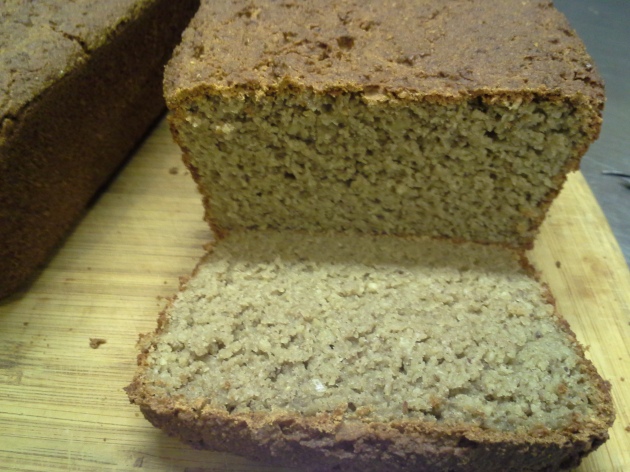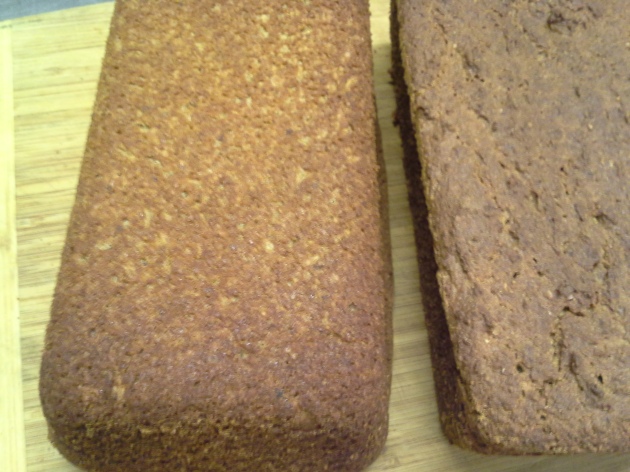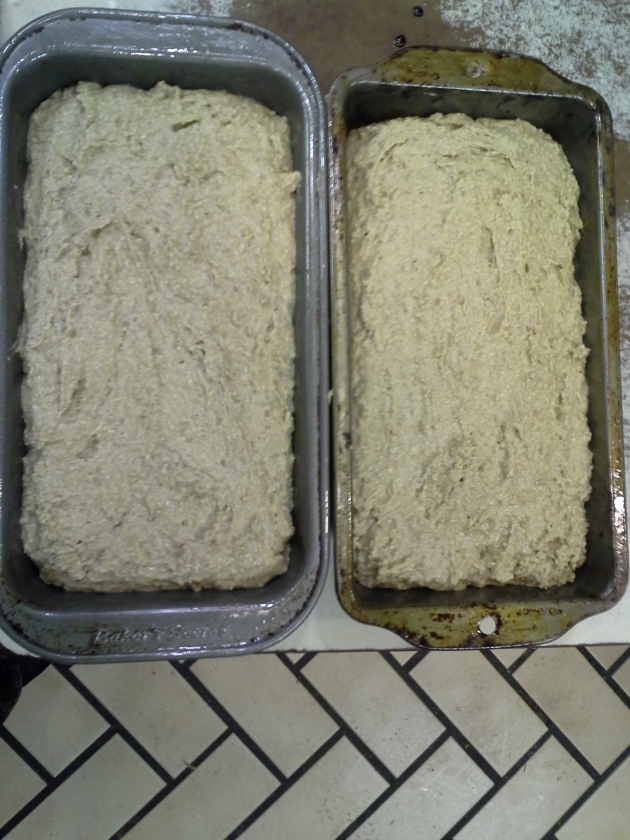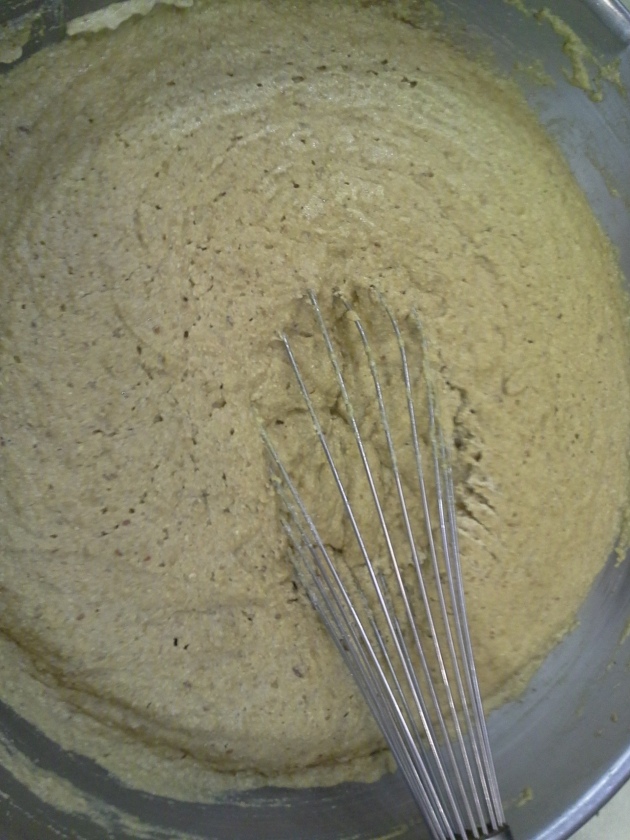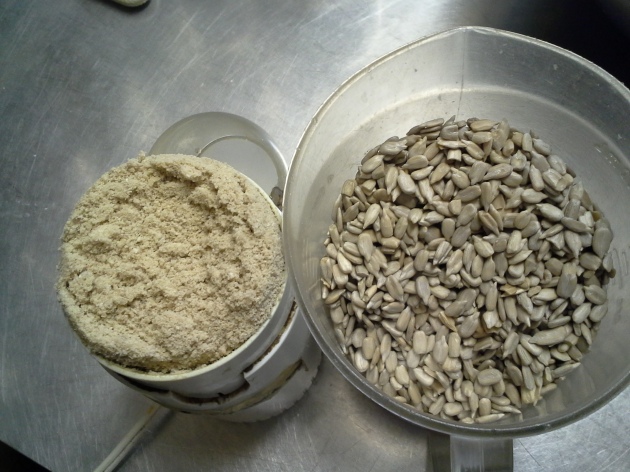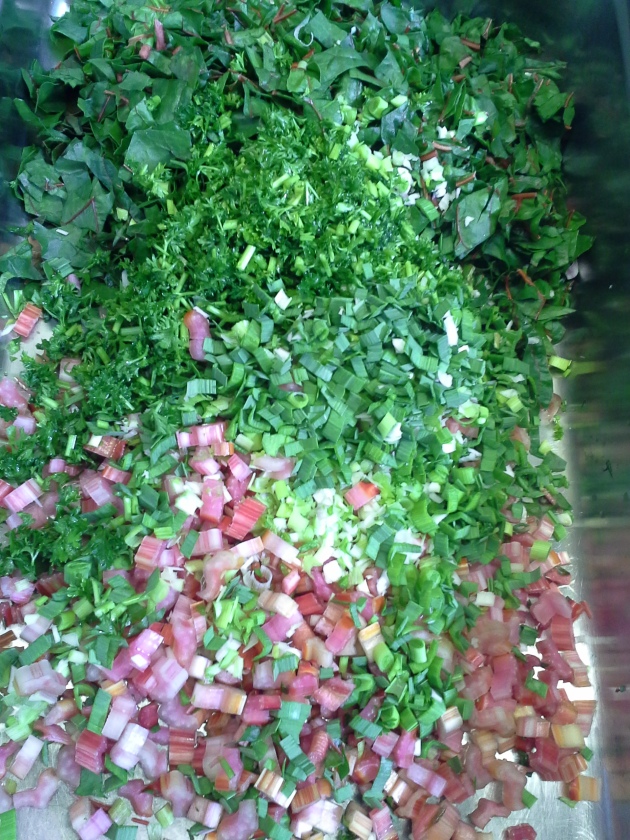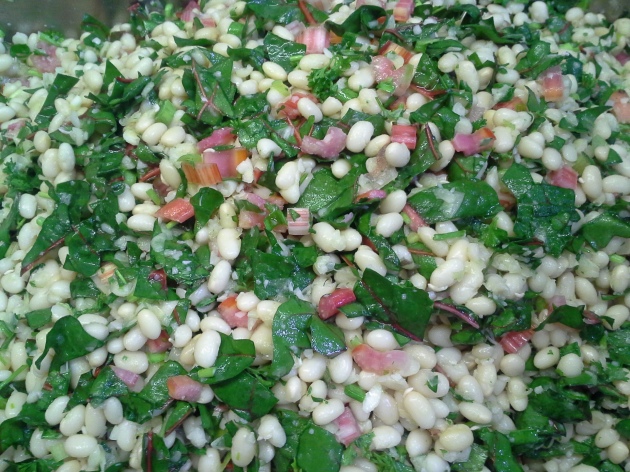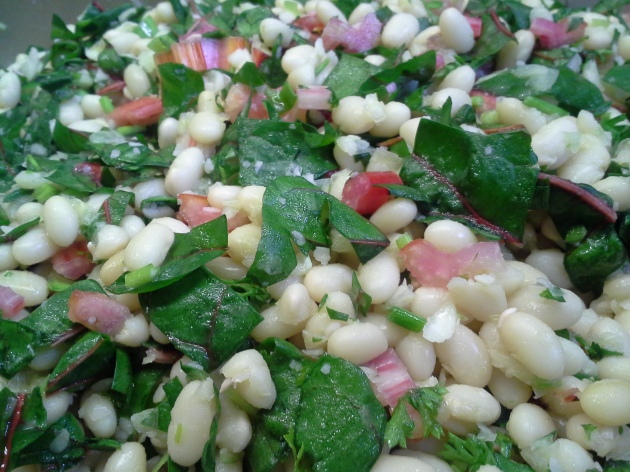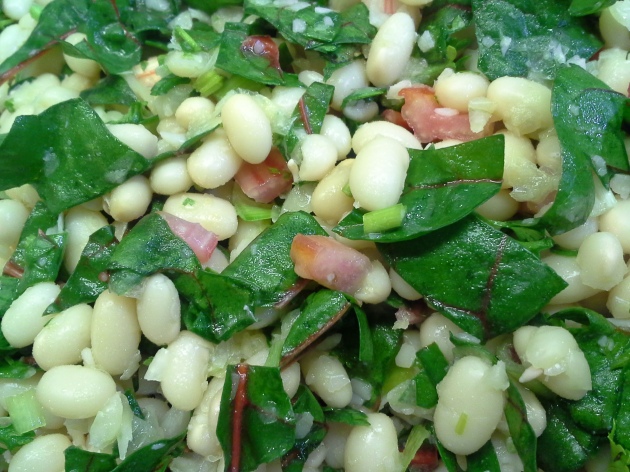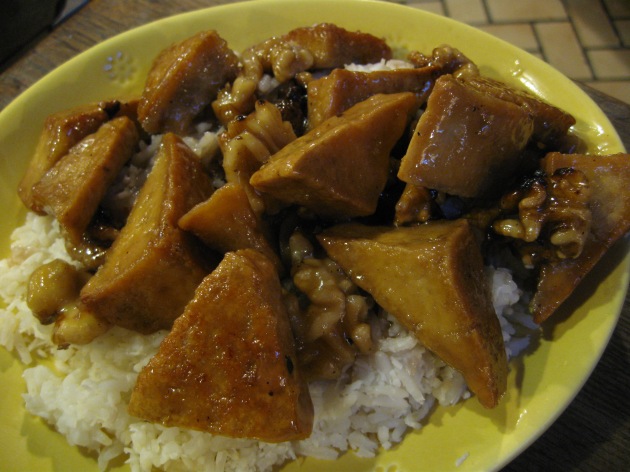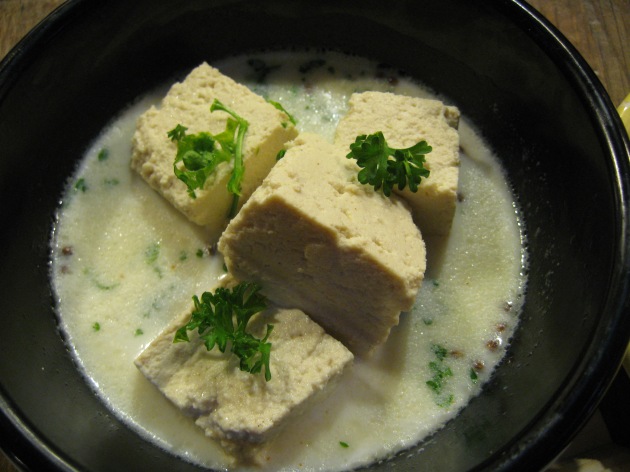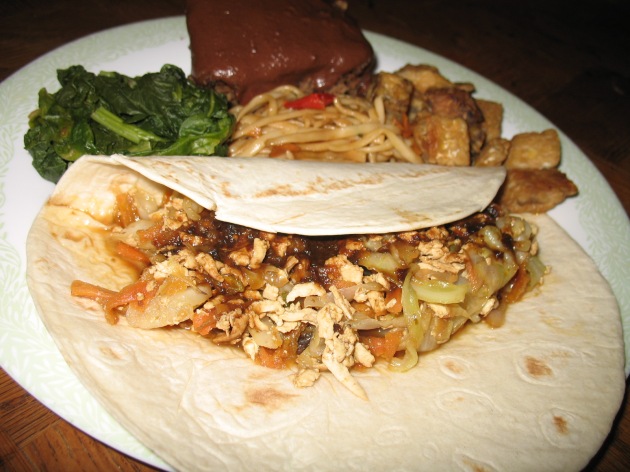
Yes, soup season is upon us at last! Chilly days present an opportunity for Hygge, just as summertime ag jobs wind down and we seem to start reconnecting with each other on the farm. Rainy grey days bring some of us indoors, stoking the first fires of the season to warm ourselves while weaving hammocks. It’s this season that I look forward to, standing stirring steaming soup cauldrons. Some days I start a stock early in the morning, and build the soup over the course of the day. Paired with a hearty oat bread, soup can be filling and fulfilling. Cooking for approximately 100, two or three varieties (meaty, creamy, and vegan) in 4-gallon pots feels plentiful. Here are several of my favorite soups to make lately, with very general as-you-go recipes. Substitutions may be made anywhere needed – just use what you’ve got. Lots of beets? Make borscht. Lots of squash? You know what to do. But first, how to make the base layer of soup:
Great Broth
Whether you’re making vegetable broth or meat, start with whatever still-technically-edible (nothing gross, just using up veggie scraps) vegetables are around, like carrot tops, onion skins, wilted greens, that old celery, those tiny green peppers picked the day before first frost, mushroom stems. Add handfuls (or spoonfuls, as the case may be for smaller batches) of herbs: thyme, oregano (both contain thymol, a natural antibiotic), rosemary, sage, peppercorns, bay leaves, and any other flavors you favor. Best, add whole stalks of fresh herbs from your garden. No need for chopping. If you’re in an area with wild nettles, or if you have some dried nettles for tea, it can also be added to broth to deepen the flavor. Don’t forget a bit of salt!
Soup is a chance to use up and extract food from bits of things that might not otherwise get used, that need an extra long, slow time to cook. Especially beef or chicken bones, which both contain marrow and cartilage which heal our joints and more. “Chicken soup for the soul,” a great broth can heal deeply. This is an opportunity to use those rivetting giblets that come inside bought chickens, or get saved by our friends who do the brave slaughter. I usually find a mix of chicken necks, hearts, livers, and bones do the trick, if I don’t have a full chicken or two. Fresh, whole chickens can get boiled for a couple hours til it’s nearly falling apart. I strain the broth, setting the chicken bits aside to cool enough to sort through. Fondly, chicken’ pickin’ is a chance to sit down and attend to sorting out the bones and the good meat (no cartilage), which I look for in every nook and cranny as time allows. Good meat goes back into the broth with chopped carrots, potatoes, etc, while the bones & scraps can get boiled a second time for more broth. Remember not to give chicken bones to pets, as they can splinter and be dangerous.
For beef, use up bones leftover from t-bone steaks, or find some soup bone cuts (which are usually cheap & are cut open to reveal marrow), chunks of chuck stew meat or other tougher cuts, pot roast, heart, or tongue all make very tasty broth. Beef bones take longer than chicken bones and don’t really break down as much. These bones I prefer to start boiling as soon as I wake up, or if you have a crock-pot or safe setup for overnight boiling, I recommend 10-14 hours for beef bone stock, stirring & adding more water every hour or few.
Roasted Sweet Potato & Garlic Soup:
Cube sweet potatoes into 1-inch pieces. Place them in one layer (not too crowded) on a baking sheet pan, and into a 350-degree oven. Roast for about 40 minutes, watching for that sweet spot in doneness that has the potato cubes caramelizing and browning but not burning. During the potato roasting time, take a few (to taste, which for me is a lot) whole, peeled garlic cloves, and toss them in a bit of olive oil and onto a pan for roasting about 15-20 minutes, until they soften and turn golden. When both the sweet potatoes and garlic are done, scrape them and all the yummy oil/caramelized goodness you can from the pans into a soup pot. Add salt to taste and a chopped sprig of fresh rosemary, and water to cover and boil until the roasted items start to break down and wash all their yummy roasty caramel goodness into a broth. Employ a potato masher to break up the contents even more, and boil, stirring, until the broth becomes silky and thicker with still a few chunks of sweet potato left. Savor that sweet spot.
Another vegan roasty-goodness soup – made with roasted green peppers, green tomatoes, chickpeas, and cilantro:
Chop up the green peppers any old way, removing the core and top. Only jullienne if you feel like it 😉 Toss in oil, and roast on a baking sheet in a 325-degree oven until soft and starting to brown, about 35 minutes. Chunk an equal amount of green tomatoes into small pieces, and chop a couple handfuls (to taste, of course) of fresh cilantro. Add all ingredients to a soup pot, cover with water, add a can of chickpeas, salt and pepper to taste, a pinch of coriander & cumin, and boil til soft, about 1 hour. Puree the soup using either a food processor, blender, or immersion blender til smooth as possible. The soup should be a lovely green color! Garnish with more fresh cilantro on top, and enjoy this savory-sour treat!
Stay tuned for more soup recipes, including creamy chowders, borscht, mushroom rice noodle soup, and a discussion of regional soup traditions. In the meantime, here is one more delicious & easy vegan soup recipe I created with Twin Oaks Tofu: http://twinoakstofu.com/bridgets-tom-kha-tofu-soup
